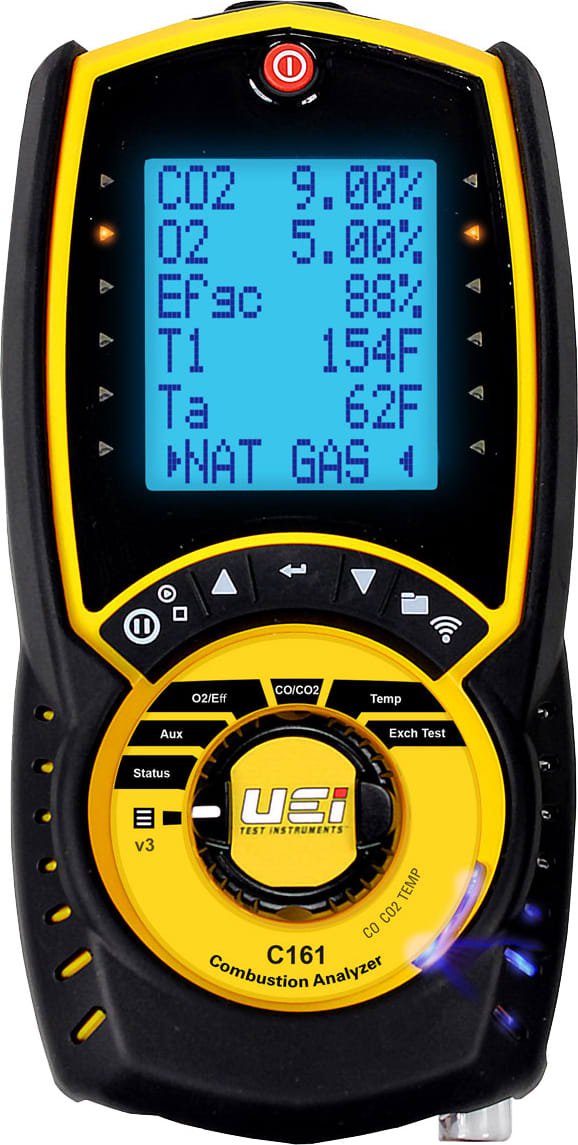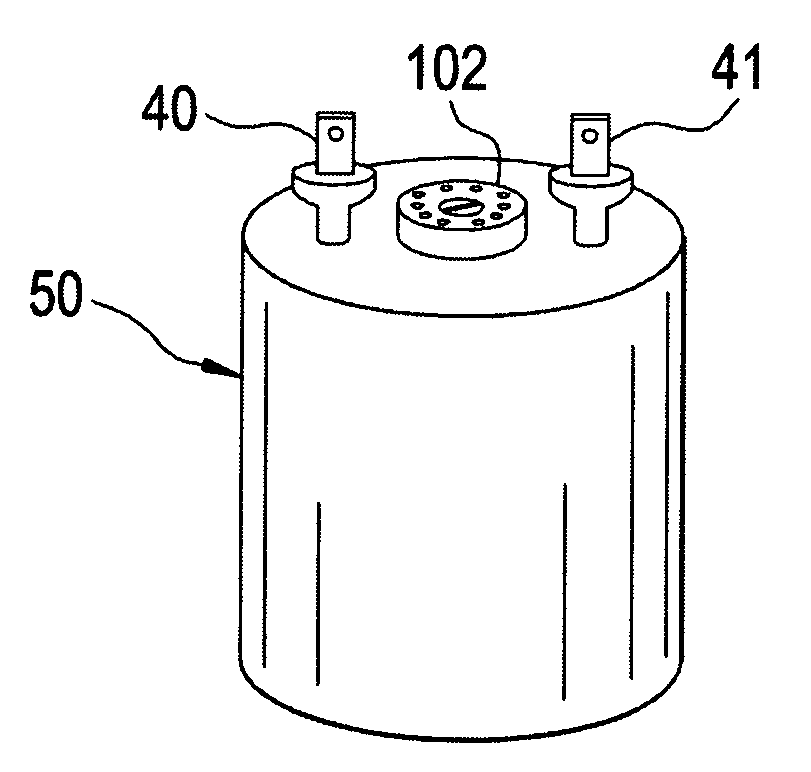Get Tech Tips
Subscribe to free tech tips.
Pull The Condenser Top

The photo above is from a video one of my techs took of proper condenser cleaning. I must say, he did a GREAT job of cleaning the coil, and he was very careful with the top. However, I STILL would have liked to see him pull the condenser top completely during a full maintenance procedure. Pulling the top usually just requires disconnecting the fan wires, cutting a few wire ties, taking out some screws, and then removing the fan grille or the entire top and laying it top-down in the grass.

That is ACTUALLY how I performed maintenance, even before I started my own business.
Here is why:
• If you wash from the outside in, you are not doing the best possible cleaning. Washing from the inside out is a superior method of cleaning.
• If you lay the fan on top of the unit (as shown above), you risk twisting/damaging the wires, scratching the paint, and bending the fan blade.
• When you pull the top entirely, you can more easily clean the dirt and leaves from the inside of the condenser; this should also be part of a proper maintenance procedure because that dirt can reduce coil capacity and hold moisture against the base, compressor, and accumulator. That moisture results in corrosion.
• With the top off, you can get a better view of any wire rubouts or potential wire rubouts. You can address them before they cause a problem.
• You can also visually inspect the compressor terminals for signs of heat and corrosion. That way, you could potentially prevent a major issue such as a terminal failure or “blowing a terminal.”
Obviously, the maintenance will take about 5 minutes longer. You will also need to rewire the components properly with the terminals snugly installed.
So, what do you think?
—Bryan
P.S. – Here is the video in case you want to see what I mean, and yes… he knows that cleaner isn't always required when washing a coil, but he used it for demonstration purposes. (To learn more about the different types of cleaners, check out THIS article.)
P.P.S. – You can also watch a more recent video about Bert's top tips for a maintenance procedure HERE. A tech tip based on that video is also available HERE.










Comments
Completely agree with your procedure. Without top removed very unlikely a complete vacuum of bottom of outdoor unit occurred, thorough vacuum/clearing all drain holes, and thoroughly inspecting the compressor and, if ASHP, the RV for wiring/pipe issues and the accumulator (typically). Please keep preaching/teaching the proper sometimes more tedious procedures. Thanks.
Completely agree with your procedure. Without top removed very unlikely a complete vacuum of bottom of outdoor unit occurred, thorough vacuum/clearing all drain holes, and thoroughly inspecting the compressor and, if ASHP, the RV for wiring/pipe issues and the accumulator (typically). Please keep preaching/teaching the proper sometimes more tedious procedures. Thanks.
Do the job right . Remove the top cowling every time .
Do the job right . Remove the top cowling every time .
can you do a video on how to clean a double coil on a roof top unit. I am a one man show and want to see if you have any tips I could use. thanks !!
can you do a video on how to clean a double coil on a roof top unit. I am a one man show and want to see if you have any tips I could use. thanks !!
I agree with this. Some commercial units, the tops can be removed or access panels removed to clean coils better. I never thought to use a vacuum on the bottom basin. This is a good tip. I would like to see tips on indoor coil cleaning/inspection and so forth.
I agree with this. Some commercial units, the tops can be removed or access panels removed to clean coils better. I never thought to use a vacuum on the bottom basin. This is a good tip. I would like to see tips on indoor coil cleaning/inspection and so forth.
A wise man once told me, since the fan is pulling air/debris from the outside in, always clean with water from the inside out. This is most effective in removing dirt and debris from the fin area. It always makes me nervous to see people when they try to clean with a fan motor and blade balanced so precariously on top. Although I must admit I have come across several units that there is so little slack in the wiring the top could barely be removed without first disconnecting the wiring.
A wise man once told me, since the fan is pulling air/debris from the outside in, always clean with water from the inside out. This is most effective in removing dirt and debris from the fin area. It always makes me nervous to see people when they try to clean with a fan motor and blade balanced so precariously on top. Although I must admit I have come across several units that there is so little slack in the wiring the top could barely be removed without first disconnecting the wiring.
pharmacie en ligne: Pharmacie en ligne France – pharmacies en ligne certifiГ©es pharmafst.com
pharmacie en ligne: Pharmacie en ligne France – pharmacies en ligne certifiГ©es pharmafst.com
Achat mГ©dicament en ligne fiable pharmacie en ligne avec ordonnance or pharmacie en ligne france livraison belgique
http://new.0points.com/wp/wp-content/plugins/wp-js-external-link-info/redirect.php?url=https://pharmafst.com trouver un mГ©dicament en pharmacie
[url=https://images.google.com.ly/url?rct=j&sa=t&url=https://pharmafst.com]pharmacie en ligne livraison europe[/url] acheter mГ©dicament en ligne sans ordonnance and [url=http://www.9kuan9.com/home.php?mod=space&uid=3105971]pharmacie en ligne avec ordonnance[/url] pharmacie en ligne france fiable
Achat mГ©dicament en ligne fiable pharmacie en ligne avec ordonnance or pharmacie en ligne france livraison belgique
http://new.0points.com/wp/wp-content/plugins/wp-js-external-link-info/redirect.php?url=https://pharmafst.com trouver un mГ©dicament en pharmacie
[url=https://images.google.com.ly/url?rct=j&sa=t&url=https://pharmafst.com]pharmacie en ligne livraison europe[/url] acheter mГ©dicament en ligne sans ordonnance and [url=http://www.9kuan9.com/home.php?mod=space&uid=3105971]pharmacie en ligne avec ordonnance[/url] pharmacie en ligne france fiable
kamagra livraison 24h [url=https://kamagraprix.shop/#]Achetez vos kamagra medicaments[/url] kamagra pas cher
kamagra livraison 24h [url=https://kamagraprix.shop/#]Achetez vos kamagra medicaments[/url] kamagra pas cher
https://pharmafst.shop/# pharmacie en ligne france pas cher
https://pharmafst.shop/# pharmacie en ligne france pas cher
olympe: casino olympe – casino olympe
olympe: casino olympe – casino olympe
To leave a comment, you need to log in.
Log In